Prague Art and Architecture at the Turn of the Century
Photos of beautiful buildings inspired me to learn more about Prague’s Art and Architecture during my first visit to the capital of the Czech Republic. After an eye-opening tour of Barcelona’s Gothic Quarter with Context Travel, I knew who to contact. The Context Travel tour Art Nouveau and Modernism – Prague at the Turn of the Century seemed like the perfect way to get my bearings in an unfamiliar city and learn more about Prague’s art and architecture.
Although I appreciate art and architecture, I am not well versed in these subjects and was grateful that the knowledgeable Context Travel docent took the time to answer my many questions.
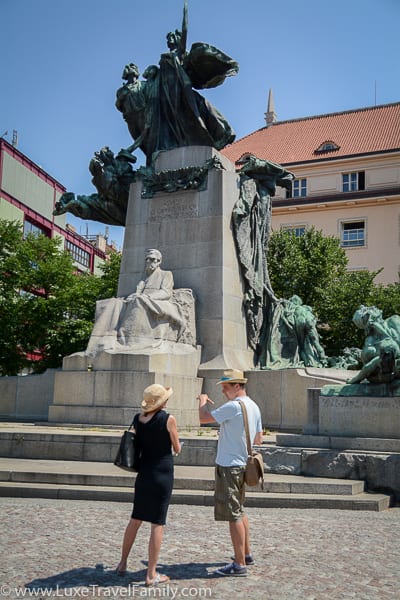
Background – Art Nouveau, Cubism, and the National Style
Prague embraced Art Nouveau in the early 20th-century as to way bring Prague ‘out from under’ older historical styles including Gothic architecture and to celebrate optimism for the future. Art Nouveau style uses sinuous or curving lines and shapes that resemble leaves, vines and flowers and is evident throughout Prague today.
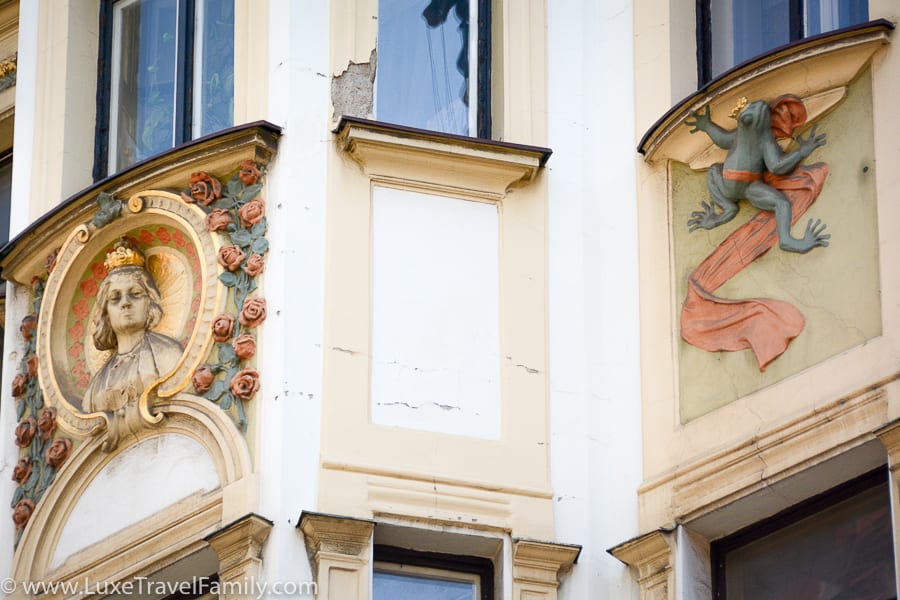
Prague’s Art and Architecture scene evolved quickly at the turn of the century, and Cubism was hot on the heels of the Art Nouveau movement. Before long, Czech sculptures and architects pioneered a modified form of Cubism, known as Rondocubism, Czech Cubism, or simply National Style. This distinctly Czech Cubism is evident in the rounded version of Cubist squares and use of motifs evident on the buildings you see in Prague today.
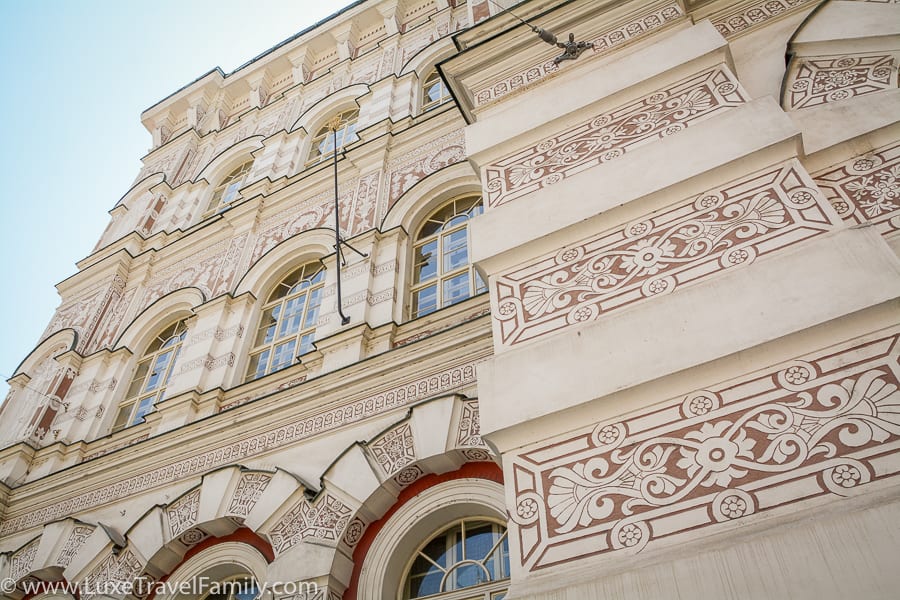
Where to Find Art Nouveau in Prague
Municipal Hall
The influence of art on the Prague landscape moved quickly in the early 20th Century and on occasion, national tastes evolved before a building was complete. Such was the case with the Municipal Hall, built in Art Nouveau style between 1904-12. Intended to be an extraordinary Art Nouveau structure, the Municipal Hall was considered old-fashioned by the citizens of Prague even before it was complete. Cubism had become the preferred style and Prague’s citizens had turned their attention and appreciation to the recently completed Cubist House of the Black Madonna.
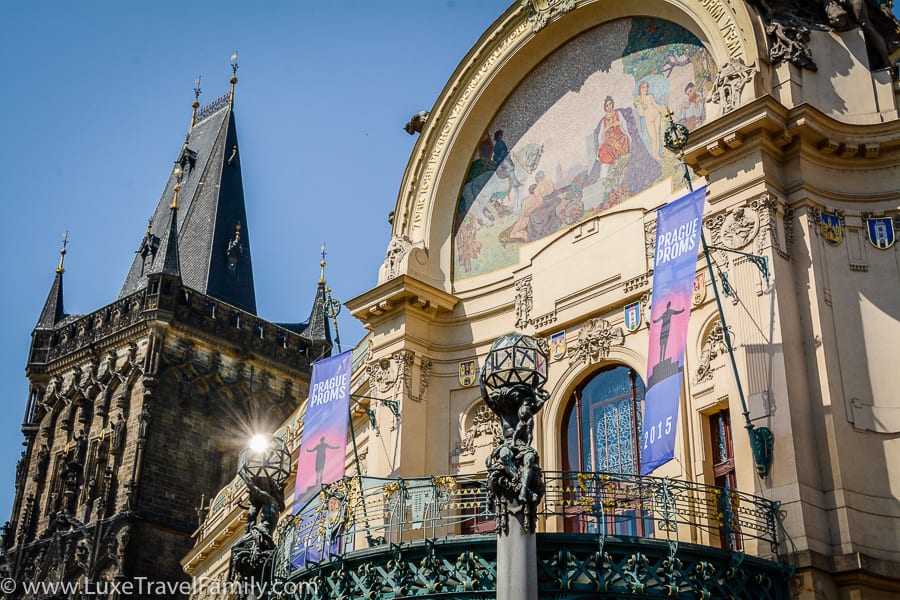
Today, the Municipal Hall is recognized as a notable Art Nouveau masterpiece with a wonderful ornate façade. Inside the Municipal Hall, you will a gorgeous marble staircase, a large concert hall, and restaurants.
František Palacký Monument
Described as the best Art Nouveau feature in Prague, the František Palacký monument unveiled in 1912 contains many interesting details surrounding the seated figure of Palacký, a famous Czech historian turned politician. The two-headed figure in the massive bronze and Czech granite masterpiece symbolizes the oppression suffered by the Czech people while an awakened Czech nation rises at the top of this powerful sculpture by Stanislav Suchard.
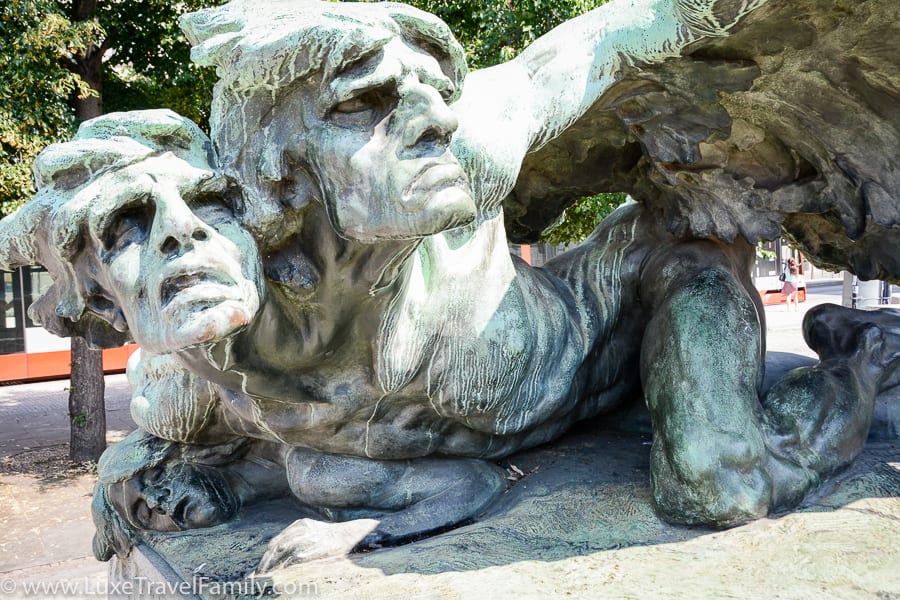
Palác Koruna (Koruna Palace)
Located at the bottom of Wenceslas Square, this magnificent palace constructed in 1908-10 is considered to be late Art Nouveau. Be sure to venture inside Palác Koruna to look at the beautiful geometric-patterned glass dome.
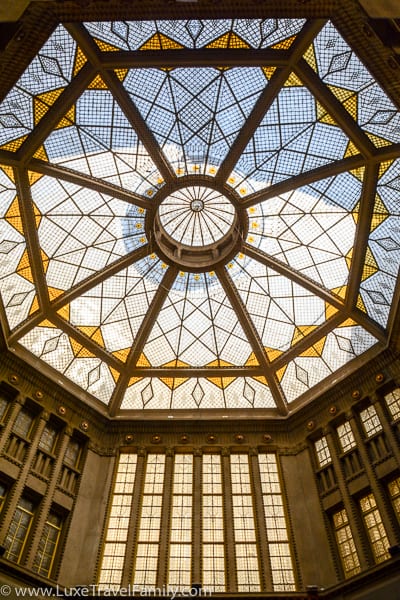
Art Deco Imperial Hotel
The unassuming exterior of the Art Deco Imperial Hotel belies the beautiful art nouveau ceramic tiles and mosaic ceiling adorning the inside of the building.
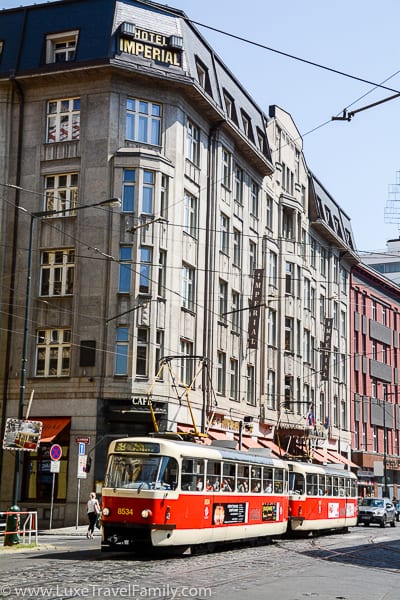
Italian glazed ceramics served as inspiration for the cafe’s interior, and it is wonderful to sit amongst the splendor and enjoy a delicious meal. It is a popular spot, and I recommend making a reservation in advance.
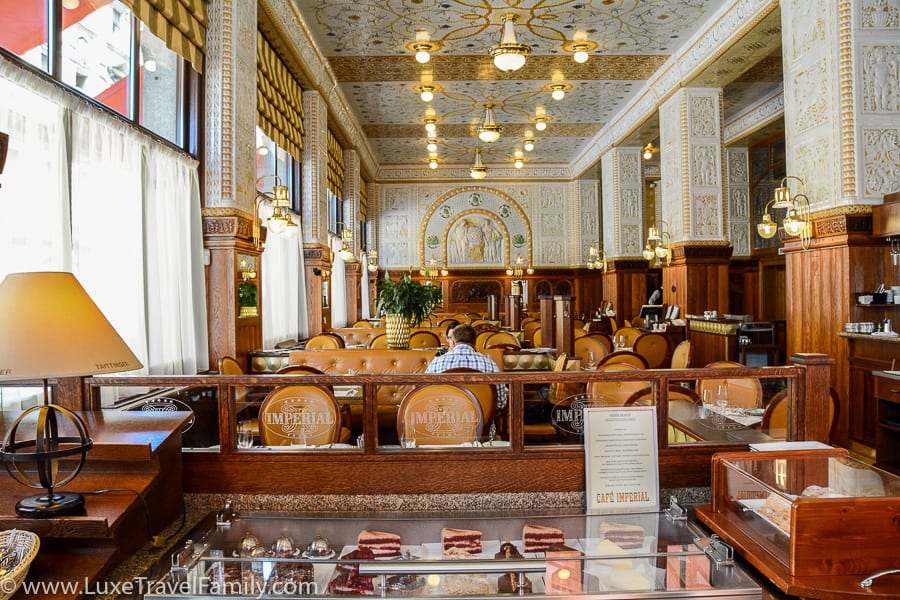
Novak Department store (U Novaku)
Oskar Polívka, who designed the Municipal House is responsible for the Art Nouveau refurbishment of what used to be the Novak Department store. Once known as the Selfridge’s of Prague, there are some playful symbols on the exterior of the building like a frog-prince near a window-sill.
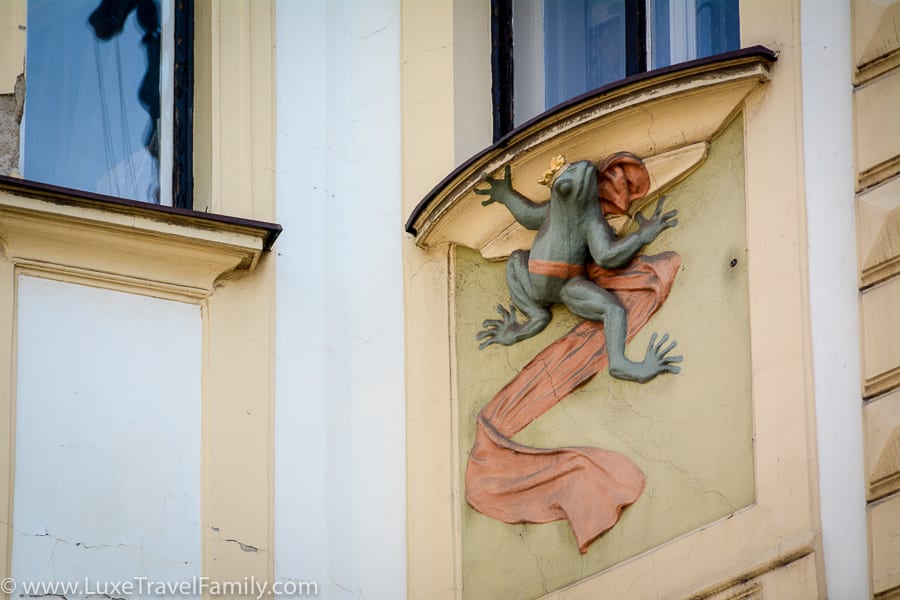
Lucerna Palace
Lucerna Palace is an interesting Art Nouveau complex designed by Václav Havel and owned by the Havel family. David Černý’s unforgettable horse sculpture hangs in the atrium by its hooves, while a statue of Saint Wenceslas sits astride the dead creature. One interpretation is that Černý’s sculpture is a parody of the nearby statue of Saint Wenceslas by Josef Václav Myslbek, and represents the struggle for Czech democracy.
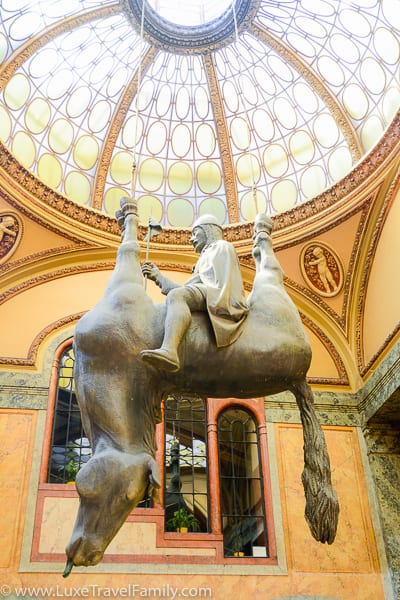
Praha Hlavni Nadrazi (Prague Main Station)
The Art Nouveau Prague Main Station, the busiest train station in the Czech Republic, was built between 1901 and 1909. Although the train station has been renovated and expanded, many of the Art Nouveau details have been preserved including the lofty ceiling, stained glass windows, and interesting glass light shades.
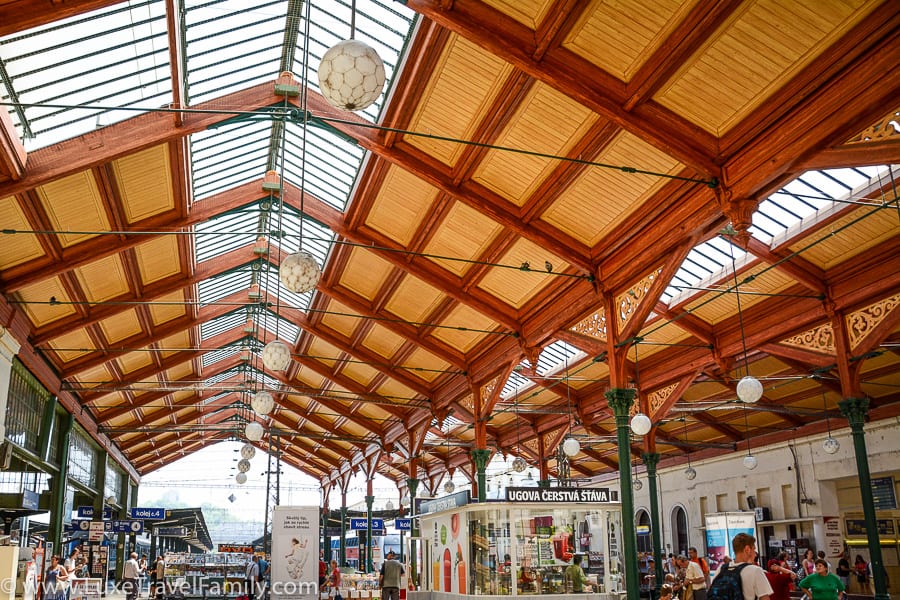
Where to Find Cubism & Rondocubism in Prague
House of the Black Madonna
The Cubist House of the Black Madonna, designed by Josef Gočár and constructed in 1911-12, takes its name from a caged Madonna suspended on the exterior of the building.
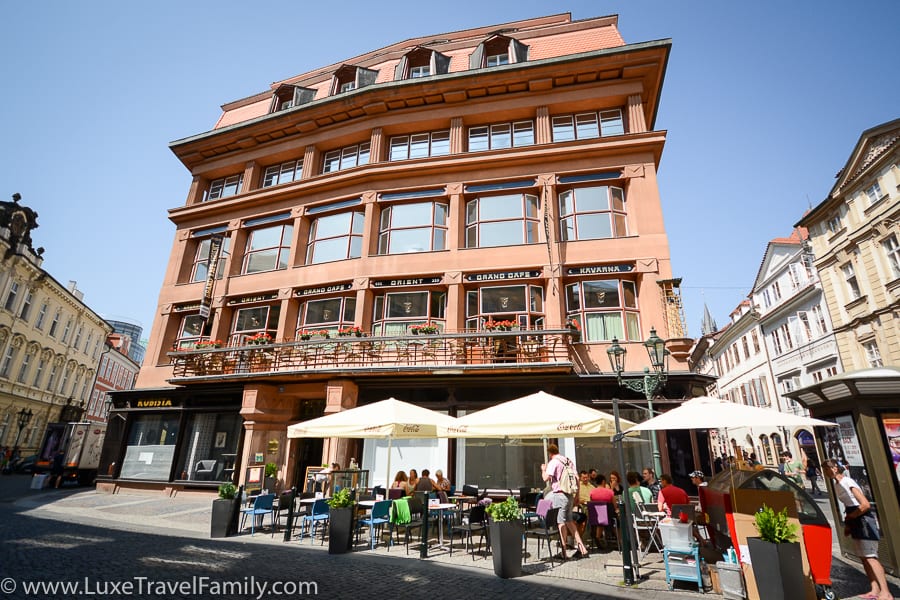
After gazing at the Cubist exterior, be sure to go inside the building and check-out the cool staircase and remarkable Cubist details in the beautiful Grand Café Orient.
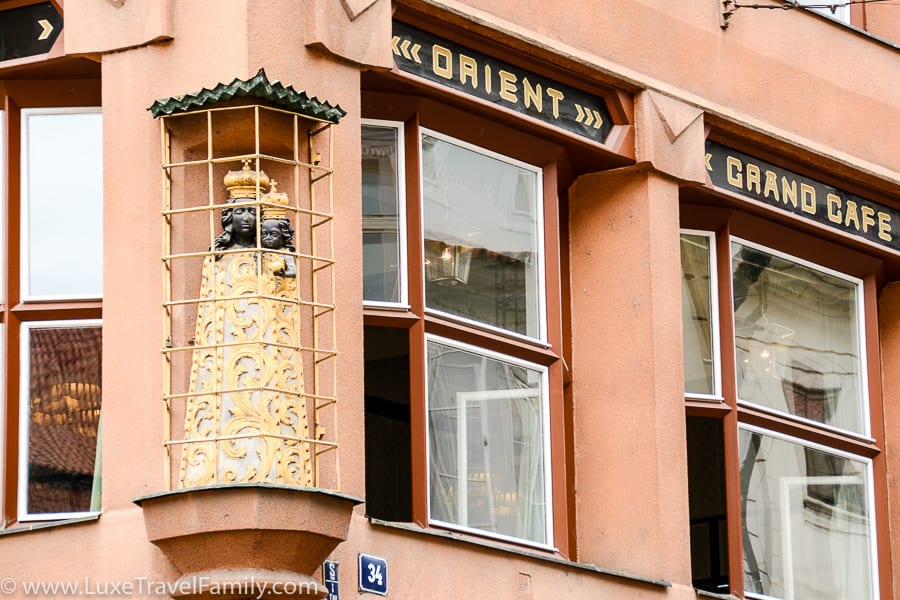
Czech Legion Bank
Designed by Josef Gočár, the same architect as the House of the Black Madonna, the Czech Legion Bank is an excellent example of Rondocubism or the National Style. The façade depicts parts of Czech history including a French soldier in a gas mask while the long, narrow carving across the front represents the soldiers coming home from war.
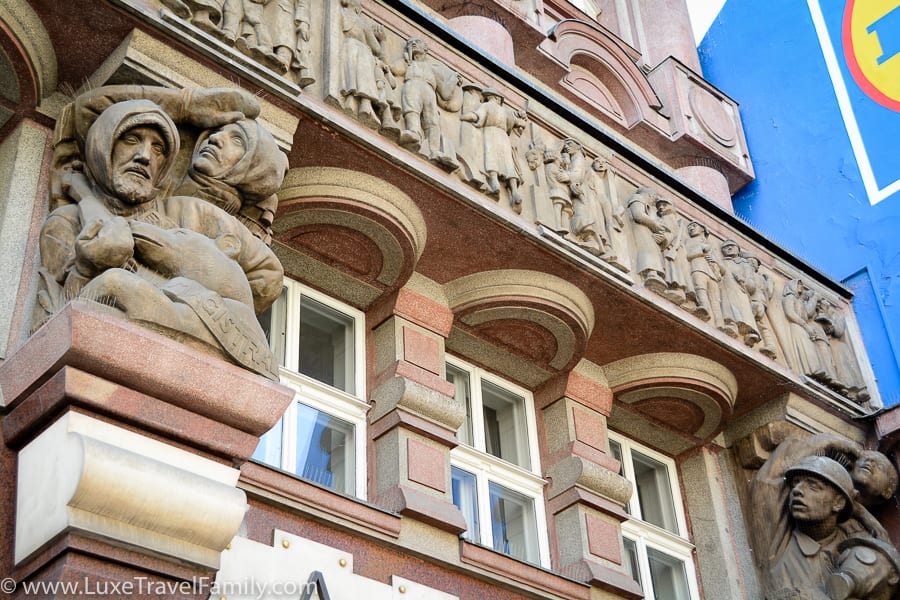
Cubist Street Lamp
Located near the church of the Virgin Mary Sněžná, this unique Cubist street lamp, created in 1913 by architect Emil Králíček, is a popular place for a photo.

Palac Adria (Adria Palace)
The Adria Palace, constructed in the early 1920’s in Rondocubist or National Style, was built for the Italian insurance company Riunione Adriatica di Sicurta. It was interesting to learn that this building was inspired by the Venetian palaces of the Italian Renaissance.

Insider Tips
I learnt a great deal about Prague’s Art and Architecture at the turn of the century and in typical Context Travel fashion, I learnt some unexpected facts about the capital of the Czech Republic. Here is a peek at a few of the special places our knowledgeable docent shared with us.
Franciscan Garden
This beautiful public garden, located in the centre of Prague near Wenceslas Square, used to part of a Franciscan monastery.
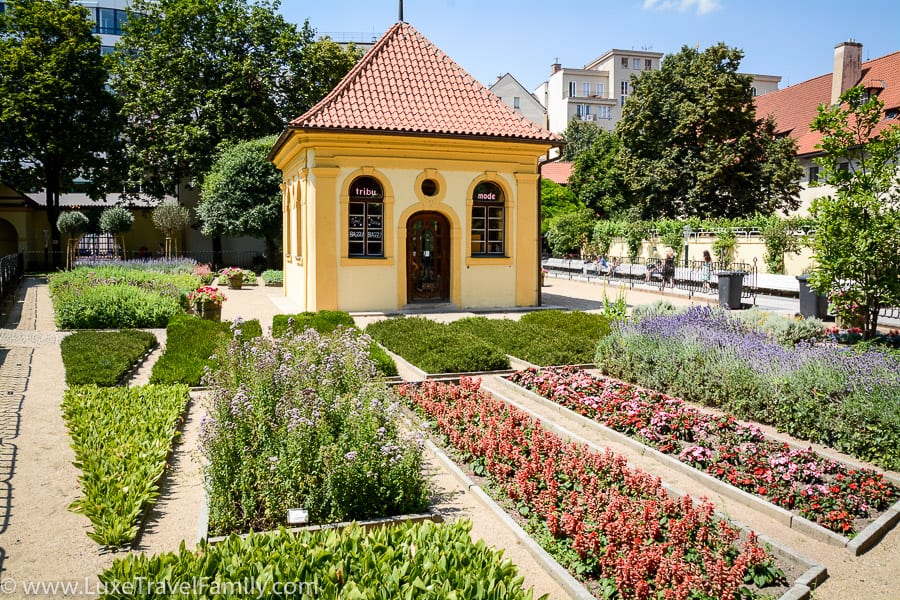
Tesla Radio Mosaic
Our Context Travel docent led us through a small shopping arcade to show us this cool Tesla Radio mosaic. It was interesting to learn about Nikola Tesla’s connection to the creation of the radio and his time in Prague.
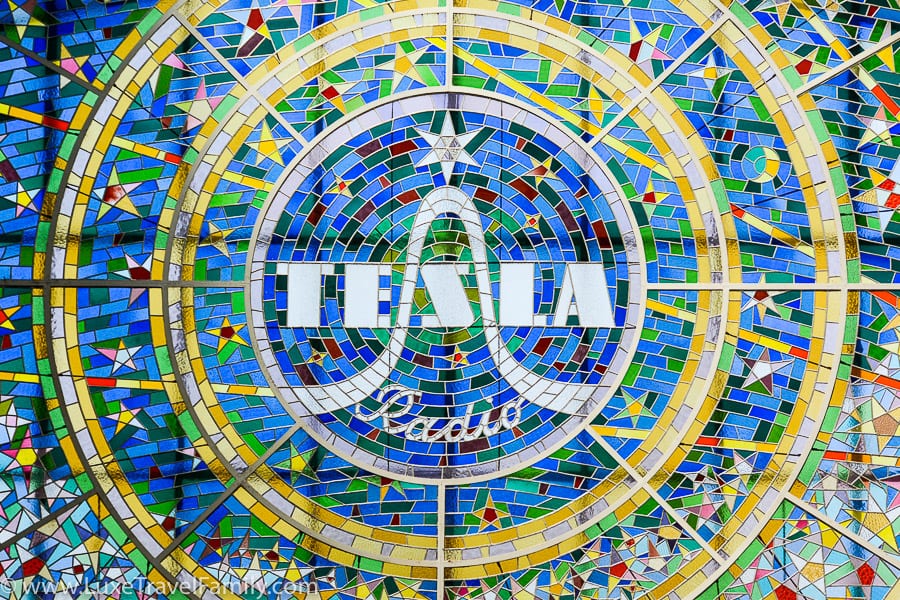
Sweet Treats
Locals know where to find the sweetest treats and I was thrilled when our Context Travel docent pointed out the location of Cukrárna Saint Tropez, a historic Prague pastry shop.

Booking a Context Travel Tour
- The 3-hour group walk through Prague is offered on a regular basis and may be booked online through Context Travel.
- Context Travel tours are offered in more than 24 cities in North America, Europe, and Asia.
- Context Travel limits the tour group size to six people to ensure a conversational atmosphere. The best way to describe the experience is that it like a small, outdoor classroom with a knowledgeable professor.
You might enjoy reading about our stay at the Four Seasons Hotel Prague.


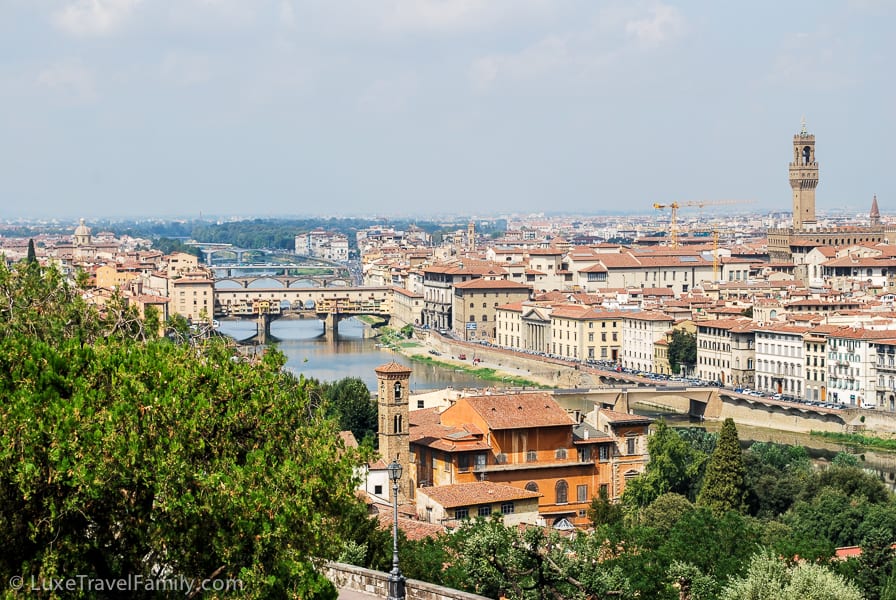
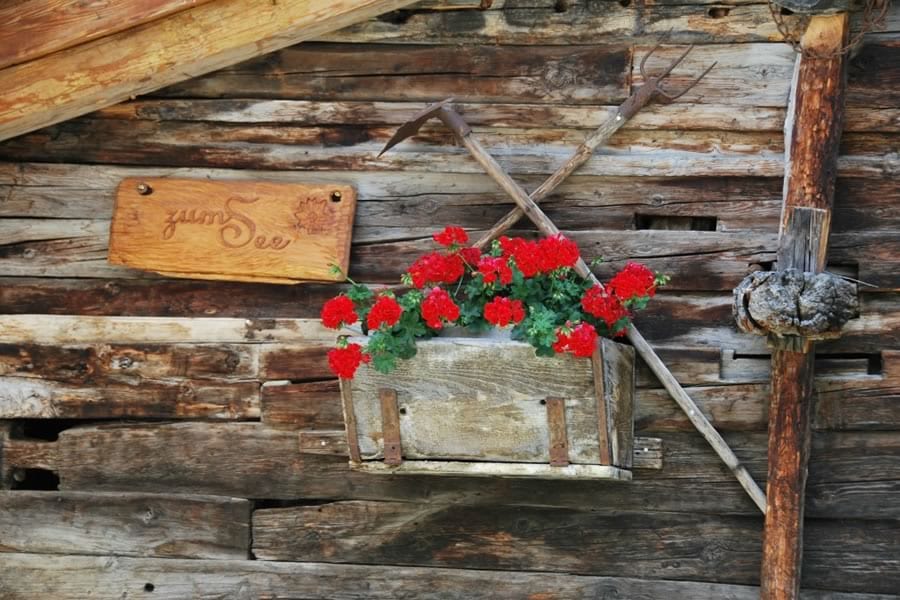
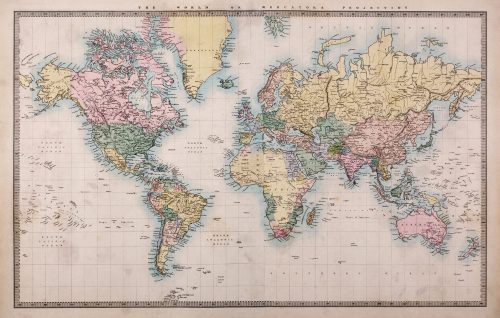
I love this so much! Prague is one of my favorite cities (I was fortunate to live not far away in my early 20s), but there is still so much of it for me to explore. The art nouveau architecture there is gorgeous, but your Context Travel tour showed so many of the city’s other beautiful details, too.
Thank you for the note, Jenna! I am so glad you enjoyed the article. Prague is a beautiful city – you are so fortunate to have lived nearby.
Pingback: The Best of Prague: 7 Things to Skip and What to Do Instead
Thanks for this beautiful tour in Prague! Indeed, architecture is really impressive, with many tiny details that shouldn’t be missed!
Having s good guide makes all the difference and Context Travel seem just the right companion for a tour since they provide fantastic docents
I have read a lot of posts abóut Prague and I have seen a lot of pictures but never realized how many details of the architecture I can find there, it is really interesting, thank you very much I will remember about it during my visit to Czech capital 🙂
Thank you so much for the thoughtful comments!